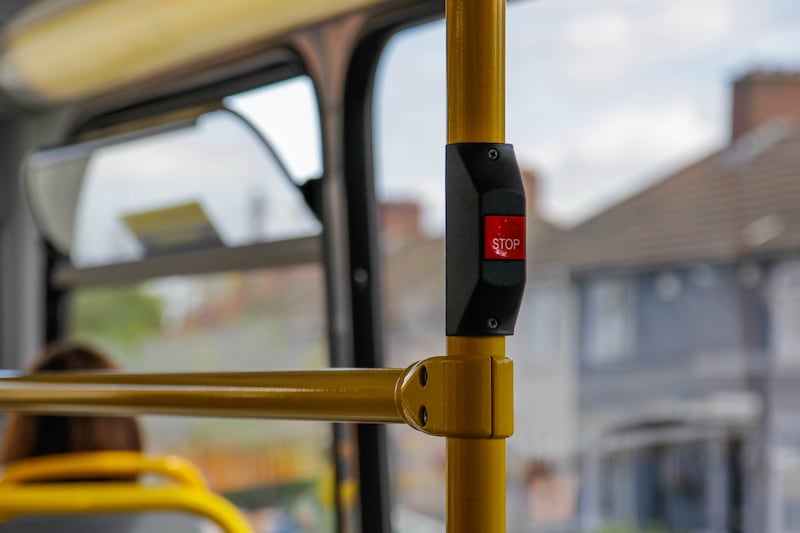The Garda is to significantly increase its public order resources in coming months in the face of unrest and violence around anti-migrant gatherings.
While the use of grilles, or cages, around the windows on Public Order Unit vehicles was discontinued a number of years ago, they are being reintroduced.
The number of dedicated public order, or riot squad, vehicles available will increase from 27 at present to 42 by the end of the year.
The moves to bolster resources come as the number of Garda members trained for Public Order Unit duties in Dublin alone has increased three-fold, to almost 700, in the last two years.
Dublin Bus driver ‘threatened with gun’ as union withdraws services
‘This is for everyone’: Rory McIlroy transcends orange-green divide in all-island game of golf
At home with Brendan Courtney by the sea in Wicklow: ‘I wanted to simplify my life’
Trump and the Irish tech bros: How the ‘crypto president’ is winning over Silicon Valley
Since the start of last year, some €3.2 million has been spent on public order kit, including new protective bodywear, riot shields and more powerful pepper sprays. Much of that equipment has been acquired and rolled out since the Dublin riots last November, when shortcomings emerged.
[ Drew Harris concedes body-worn cameras open to potential abuse by rogue gardaíOpens in new window ]
Gardaí have also been reminded, in notices from Garda Headquarters, of the number of types of public order offences on the statute books, and the powers of arrest they have in aggressive or violent situations on the streets.
At present, the Garda has no full-time Public Order Units. Garda members based in stations around the country are trained in public order policing and when the need arises, they are called in and deployed.
The need to muster units from conventional frontline policing can cause delays when Public Order Units are required for deployment as unexpected public disorder breaks out.
Garda Commissioner Drew Harris recently told the Policing Authority that units were assembled when rioting broke out in Coolock last month and were on the streets between two and three hours after they were requested. However, he did not believe standing Public Order Units should be created by the Garda, as such a move would change the nature of Irish policing.
In other countries, such units had “become a lightning rod for complaints in the nature of the policing service being provided”, he said.
Mr Harris said he believed that having full-time public order units could bring about a climate of “pure enforcement”, and that “overwhelming displays” often served to “ratchet up” tense situations rather than defuse them. This would be at odds with the current ethos of policing in the Republic, which was mainly based on engagement, he said.
“In other jurisdictions, near and far, there is a big emphasis on displays of force, and I just don’t think that’s in our policing model,” he said.
While some recent protests in Ireland had resulted in violence, most were peaceful. The vast majority of International Protection applicants had been housed without any form of protest emerging.
“These have been difficult days, but I’m not sure those difficult days should set aside what’s been a very successful policing model for us,” he told the Policing Authority. “This does require a change in our tactics, but I don’t think it requires a change in our overall strategy.”
Mr Harris was referring to the recent violence in Coolock, when 30 arrests were made in one day during clashes outside the former Crown Paints factory earmarked as accommodation for asylum seekers.
A Garda Public Order Steering Group is currently processing ideas and feedback from within the force about how the tactics and resources for public order policing could be improved.
Though significant additional training has been provided since the riots of last November in Dublin, the Garda Representative Association (GRA) has complained some of its uniform members were put at risk in Coolock. The GRA, which represents about 11,000 rank-and-file gardaí in a 14,100-strong force, wants squad-style helmets distributed to uniform gardaí to use if they anticipate coming under attack.
- Sign up for push alerts and have the best news, analysis and comment delivered directly to your phone
- Join The Irish Times on WhatsApp and stay up to date
- Listen to our Inside Politics podcast for the best political chat and analysis












